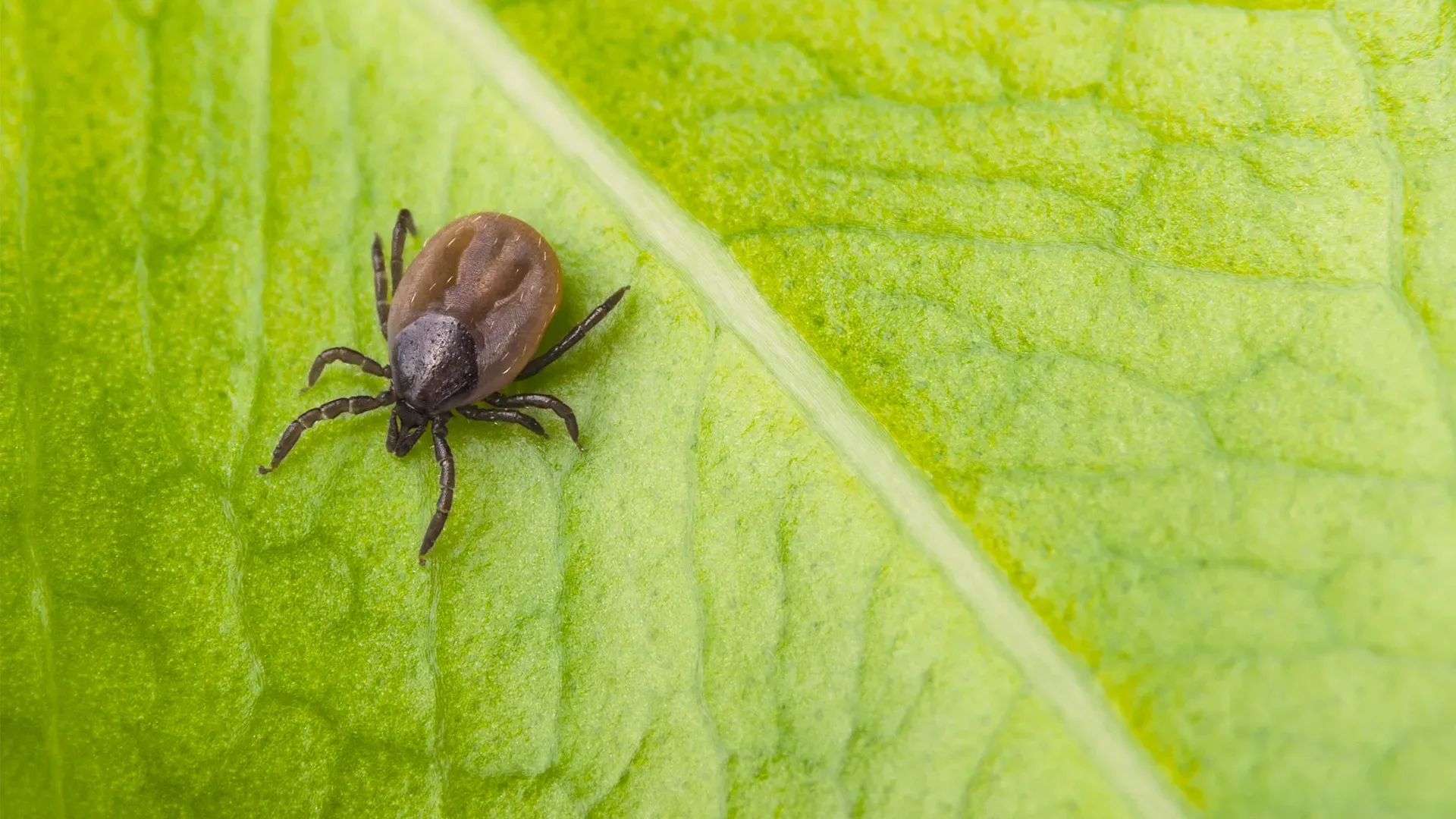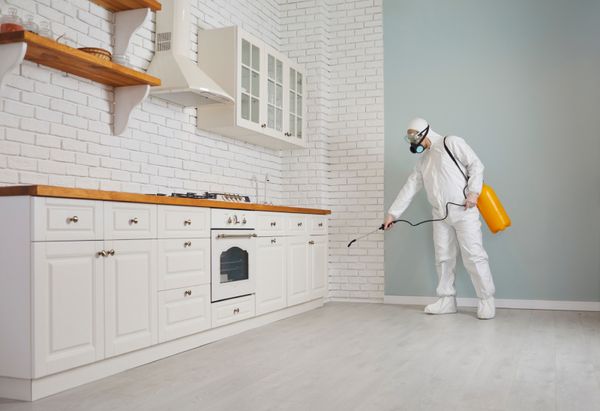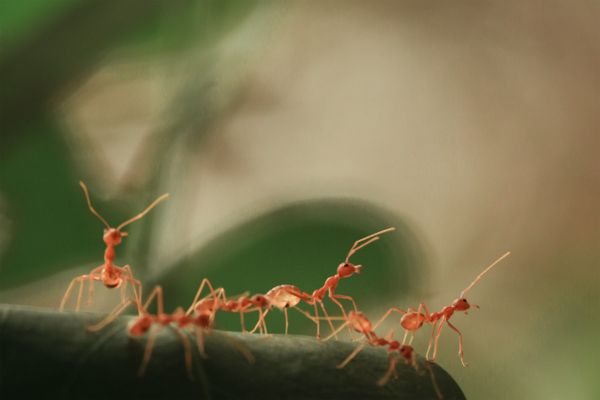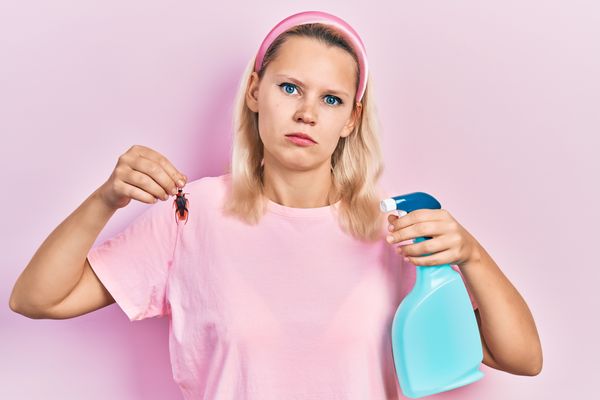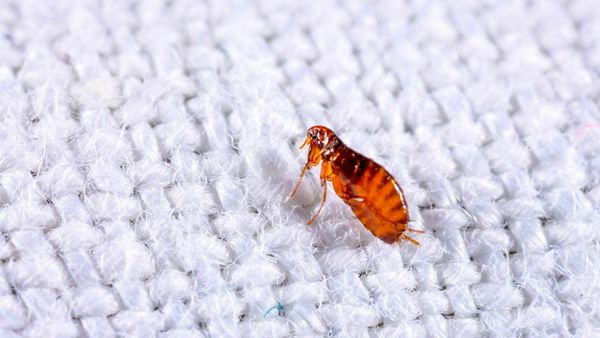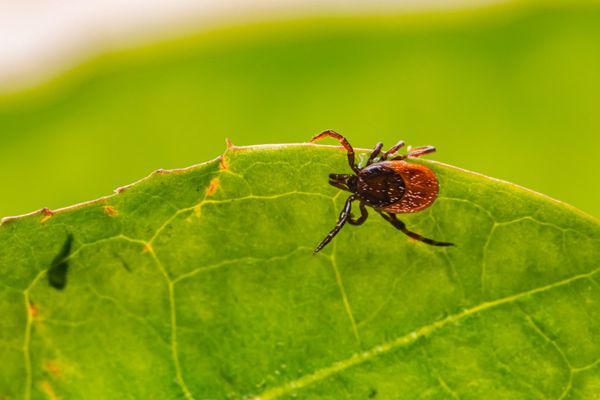Dealing with a flea infestation is a daunting task that no homeowner ever wants to face. Not only can these tiny pests irritate your pets and family, but they can also find refuge in your yard, waiting for the perfect moment to re-infest your home. Fortunately, with the right methods and persistence, you can eradicate these unwelcome guests and enjoy a flea-free environment. In this guide, we'll discuss proven steps to help you get rid of fleas in your yard.
1. Understand the Enemy
Before diving into flea eradication methods, it's vital to understand these pests. Fleas thrive in warm, humid environments, and their life cycle consists of four stages: egg, larva, pupa, and adult. By targeting all these stages, you increase your chances of successful elimination.
2. Regularly Mow and Maintain Your Lawn
Mow frequently
Keeping your grass short limits the areas where fleas can hide and breed.
Trim bushes and shrubs
Fleas also like to reside in thickets. By trimming them back, you reduce potential hiding places.
3. Natural Flea Deterrents
Opt for natural methods before resorting to chemicals, as they're safer for pets and the environment.
Beneficial nematodes
These microscopic worms feed on flea larvae and can be purchased at garden centers or online. Simply mix them with water and spray them on affected areas.
Diatomaceous earth
Made from fossilized algae, this powder can be sprinkled over the yard. It causes dehydration in fleas, leading to their death. However, always choose food-grade diatomaceous earth and wear a mask when applying.
4. Flea Sprays and Chemical Treatments
If natural methods don’t suffice, consider using flea sprays or chemical treatments. Always read the label and follow instructions carefully.
Insect growth regulators (IGRs)
These chemicals inhibit the flea's ability to reproduce. They target the lifecycle of the flea, ensuring no new generations arise.
Flea-specific yard sprays
Available at most home and garden stores, these sprays kill adult fleas on contact.
5. Foster a Flea-Unfriendly Environment
Keep it dry
Since fleas thrive in humidity, ensure your yard has proper drainage. Regularly clean gutters and fix any areas where water pools.
Sunlight
Fleas despise direct sunlight. By cutting tall grass and pruning trees to allow more sunlight, you naturally deter these pests.
6. Regularly Treat Your Pets
Even the most well-kept yard can become a haven for fleas if your pets bring them in.
Flea collars, shampoos, and topical treatments:
Regularly treating your pets can prevent them from becoming a vehicle for fleas to enter your yard.
7. Consult Professionals
If you've tried multiple methods and still can't rid your yard of fleas, it might be time to call in the professionals. They have access to potent treatments and can provide insights tailored to your specific situation.
8. Clean Up Debris and Clutter
Fleas, especially in their larval stage, often hide in dark, undisturbed areas. Remove leaf piles, discarded wood, and any other debris in your yard. This not only minimizes flea hiding spots but also prevents other pests, like rodents, which can be flea carriers.
9. Introduce Flea-Repelling Plants
Certain plants are natural flea repellents, and integrating them into your garden can provide added protection. Some of these plants include:
Lavender
Its pleasant scent is a repellent to many pests, including fleas.
Mint
This versatile herb repels fleas and can be easily grown in pots or directly in the ground.
Chrysanthemums
These beautiful flowers contain pyrethrum, a natural insect repellent.
10. Vacuum Regularly
While the focus is on the yard, don’t forget your home's interior. Regular vacuuming can pick up any fleas that might have hitched a ride indoors. Dispose of the vacuum bag or empty the canister outside, ensuring that fleas don't escape back into your home.
11. Use Cedar Mulch
Cedarwood is known for its insect-repelling properties. By using cedar mulch around your garden beds, you can create a barrier that fleas are reluctant to cross.
12. Stay Informed
It's beneficial to keep updated about flea infestations in your area. Sometimes, a spike in flea populations can be a regional issue due to weather conditions or other factors. Local agricultural or pest control agencies might provide alerts or additional resources.
13. Always Prioritize Safety
If using chemical treatments:
- Keep children and pets away during application and until the product has dried.
- Wear gloves and protective clothing.
- Always store chemicals out of the reach of children and pets.
- Do not over-apply. More isn't necessarily better and can be harmful to the environment.
Conclusion
In the battle to kill fleas and ensure a comfortable environment for both humans and pets, it's imperative to address the problem holistically. All the fleas, from the biting adults to the barely visible flea eggs, need to be targeted to ensure a comprehensive flea treatment. While tools like a flea comb can help detect the presence of these pests on your furry friends, it's the combination of both chemical and natural remedies that will truly make a difference. From using flea shampoo during your pet's bath time to introducing plants that fleas hate, every measure aids in killing fleas effectively.
Moreover, understanding where these pests lay eggs and their life cycle is crucial for eradication. For instance, treating your yard where fleas often lay eggs and regularly cleaning pet bedding can disrupt their breeding grounds. Natural solutions that kills fleas naturally, like diatomaceous earth, can be a safer alternative for homes with children and pets.
Lastly, while the market is filled with products that claim to kill adult fleas instantly, it's essential to choose solutions based on their effectiveness and safety. The goal is a two-pronged approach: killing fleas currently infesting and preventing future invasions. With the right knowledge and tools, you can treat fleas effectively, ensuring a peaceful coexistence with your beloved pets without the nagging itch.

